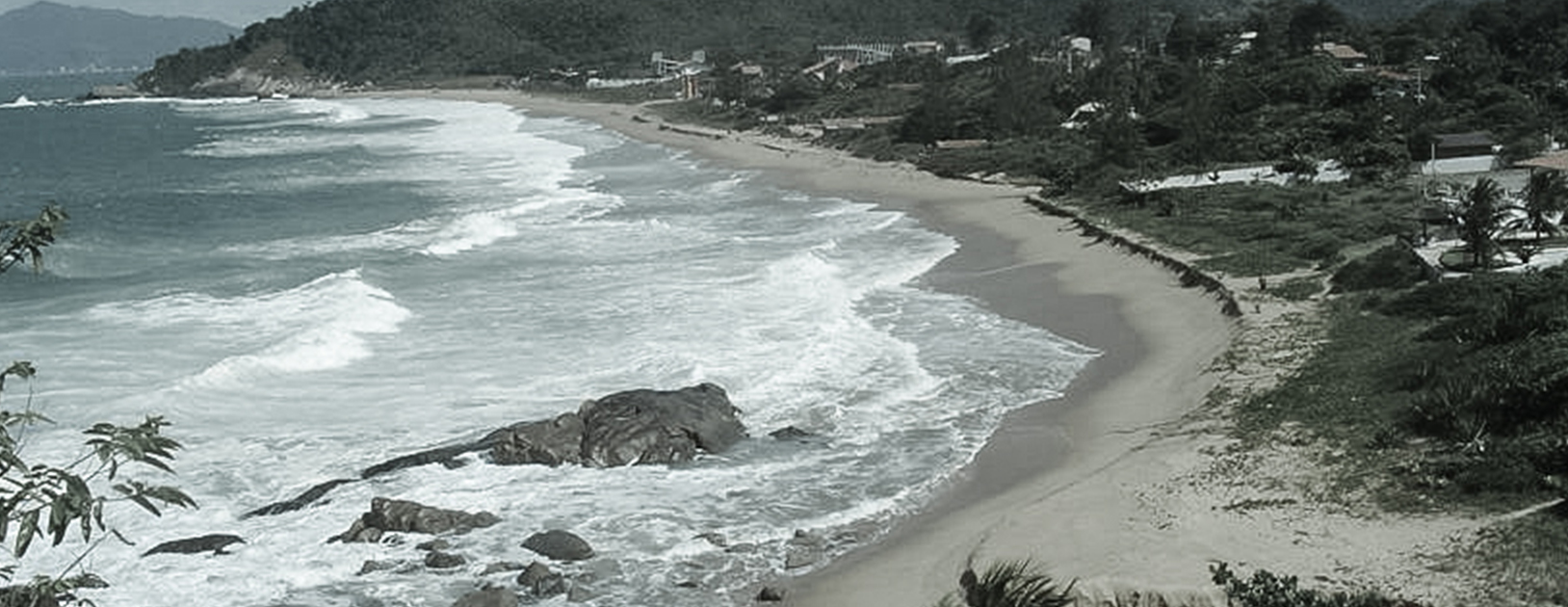The proposed Marine Coastal Regulation Zone (MCRZ) Notification

PART 6 OF A SERIES ON ‘COASTAL REGULATION’ BY THE CPR-NAMATI ENVIRONMENT JUSTICE PROGRAM
COASTAL GOVERNANCE ENVIRONMENTAL JUSTICE RIGHTS
After three Right to Information (RTI) Applications and a file inspection, the Ministry of Environment, Forests and Climate Change (MoEFCC) shares the draft MCRZ Notification, 2017 but full details are yet to be revealed.
On 22 March, 2017, leading national dailies carried the news of the existing Coastal Regulation Zone (CRZ) Notification, 2011 being replaced by a new framework called the Marine Coastal Regulation Zone (MCRZ) Notification, 2017. It was clear that a new law was on the anvil, but its contents were not publicly available. The ministry had only shared copies of the “stakeholder” meetings on MCRZ, in response to an RTI application earlier. A copy of the proposed MCRZ Notification, 2017 was accessed by Meenakshi Kapoor of the CPR-Namati Environment Justice Program following a file inspection on 23rd May 2017. Yet again, the ministry failed to disclose suo moto the proposal to amend the CRZ Notification despite directions of the Central Information Commission (CIC) in 2008 and 2016 and the government’s commitment to transparency.
The draft notification proposes significant changes to the manner in which the coastal zones are to be managed and regulated for variety of activities. The proposed changes are not only a change in nomenclature with the word “Marine” appended to the law, but have far reaching social and ecological implications:
Temporary tourism facilities will be allowed in Ecologically Sensitive Areas (MCRZ I). CRZ Notification, 2011 does not allow temporary tourism facilities in CRZ I areas.
Development in urban areas (MCRZ II) to be regulated as per prevailing local laws. CRZ Notification 2011 allows development in CRZ II areas as per the town and country planning norms of 1991. This was done to acknowledge the need of the local town and country planning norms to be aligned with Coastal Regulation Zone notification, which was issued for the first time in 1991.
Housing and basic infrastructure for local inhabitants will be allowed after 50 metres from the High Tide Line in rural areas (MCRZ III). The CRZ Notification, 2011 permitted houses for coastal communities after first 100 m of CRZ III areas.
State and Union Territory Governments are to prepare tourism plans for their respective MCRZ areas. No such tourism plans are mentioned in the CRZ Notification, 2011 (see detailed comparison between the current and the proposed Notification here).
Area under MCRZ will depend only on tidal demarcations (High Tide Line (HTL) and Low Tide Line (LTL)). Whereas, the CRZ Notification, 2011 links the CRZ area with Hazard line in addition to HLT-LTL demarcation (see details here)
While the notification proposes changes to coastal regulation, the details of the new clauses lie in the 10 annexures that are to go along with the MCRZ Notification. The proposed MCRZ accessed contains mention of these annexures, however, they were not made available at the time of the file inspection. These annexures cover the following aspects of coastal regulation:
I- Methodology for HTL-LTL demarcation
II- Guidelines for preparation of Marine Coastal Zone Management Plans (MCZMP)
III- List of tourism zones
IV- Kinds of Ecologically Sensitive Areas (ESAs)
V-List of the ESAs in each coastal state and Union Territory
VI- Guidelines for constructions in MCRZ I
VII- List of areas that need special shoreline protection measures
VIII- List of municipal towns
IX- Guidelines for development in MCRZ III areas
X- Guidelines for preparation of tourism development plans
XI- List of minerals and hydrocarbons that can be extracted with due permission (despite a prohibition on mining in the MCRZ) in each state and Union Territory.
XII- Composition, tenure and mandate of National, State and District marine Coastal Zone Management Authorities (MCZMA).
XIII- Guidelines for collection of fees and usage of MCRZ fund
XIV- Guidelines for preparation of Integrated Island Management Plans
Since 2014, the entire process of reviewing and revising the CRZ Notification, 2011 has been a closed-door exercise. Instead of the Ministry inviting suggestions and feedback from coastal communities, researchers, urban planners and legal experts on the implementation of the CRZ Notification and proposals for reform, there has been reluctance to share the details of this review.
For over a year and a half, despite repeated RTI applications, the report of the committee that reviewed the CRZ Notification, 2011 was not made public (read how CIC directed the MoEFCC to disclose the report). Four of the nine amendments made to the notification in the last three years were issued without seeking public comments on those (see details here).
This file inspection revealed that even the ministries that were asked to provide comments on the MCRZ Notification on 20 March 2017 were also not provided full information related to the MCRZ, in particular the annexures. In April 2017, the Ministry of Earth Sciences and Ministry of Tourism requested the MoEFCC to share copies of these annexures before they furnished their comments on the draft.
Researchers, activists, fishing unions and coastal communities have been persistent in their efforts to have an informed and participatory review of the primary law governing India’s coastline, the CRZ, 2011. Fisher groups across the country have written to the Ministry based on what was revealed in the news reports, as there has been no attempt by the government to involve them. Such a participatory review is critical because changes in the coastal regulation will have a direct bearing on over 3200 marine fishing villages and several million residents living across India’s coastline.


